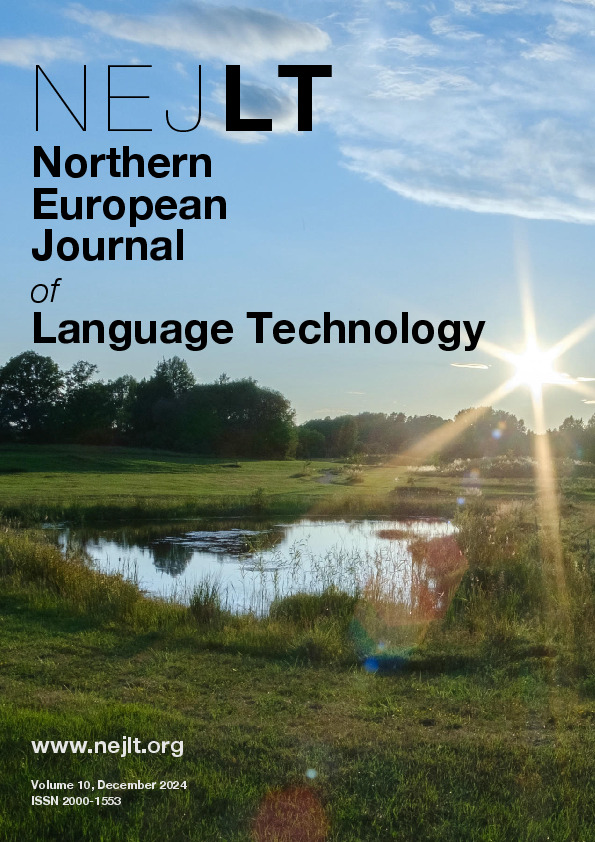Understanding Counterspeech for Online Harm Mitigation
DOI:
https://doi.org/10.3384/nejlt.2000-1533.2024.5203Abstract
Counterspeech offers direct rebuttals to hateful speech by challenging perpetrators of hate and showing support to targets of abuse. It provides a promising alternative to more contentious measures, such as content moderation and deplatforming, by contributing a greater amount of positive online speech rather than attempting to mitigate harmful content through removal. Advances in the development of large language models mean that the process of producing counterspeech could be made more efficient by automating its generation, which would enable large-scale online campaigns. However, we currently lack a systematic understanding of several important factors relating to the efficacy of counterspeech for hate mitigation, such as which types of counterspeech are most effective, what are the optimal conditions for implementation, and which specific effects of hate it can best ameliorate. This paper aims to fill this gap by systematically reviewing counterspeech research in the social sciences and comparing methodologies and findings with natural language processing (NLP) and computer science efforts in automatic counterspeech generation. By taking this multi-disciplinary view, we identify promising future directions in both fields.
Downloads
Published
Issue
Section
License
Copyright (c) 2024 Yi-Ling Chung, Gavin Abercrombie, Florence Enock, Jonathan Bright, Verena Rieser

This work is licensed under a Creative Commons Attribution 4.0 International License.


